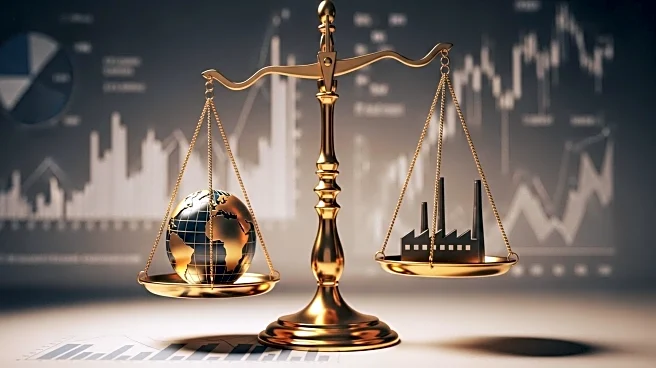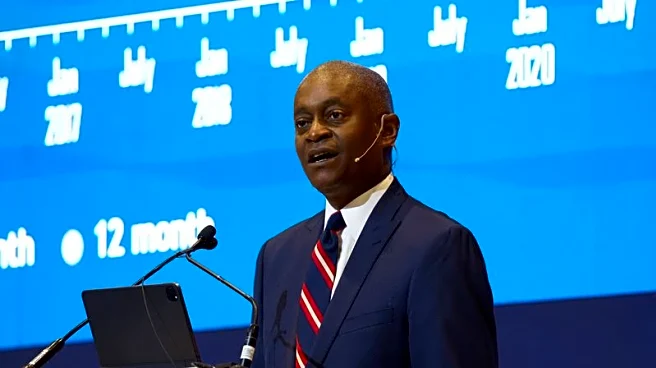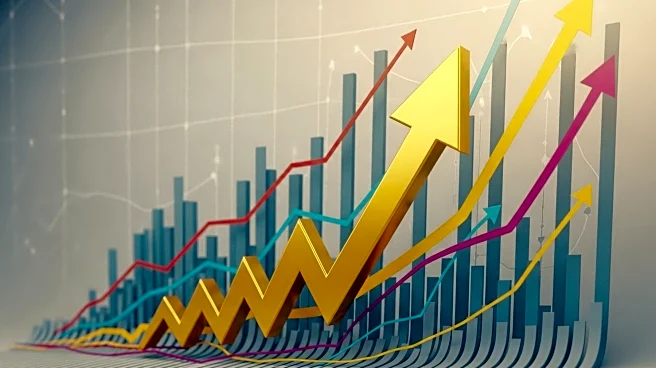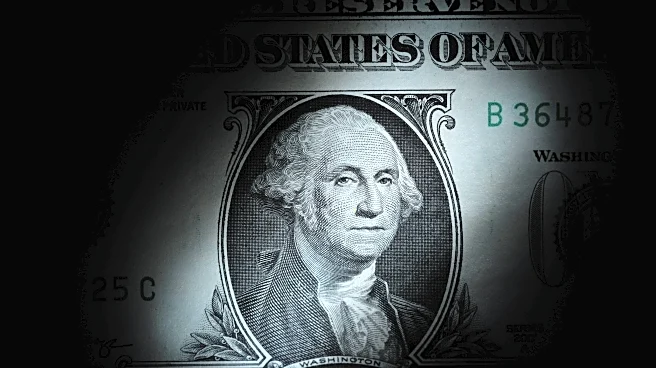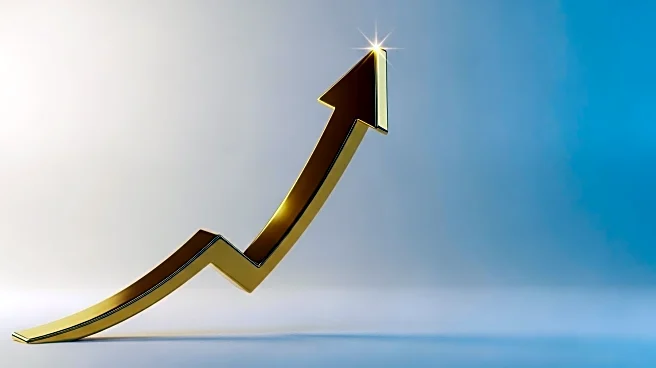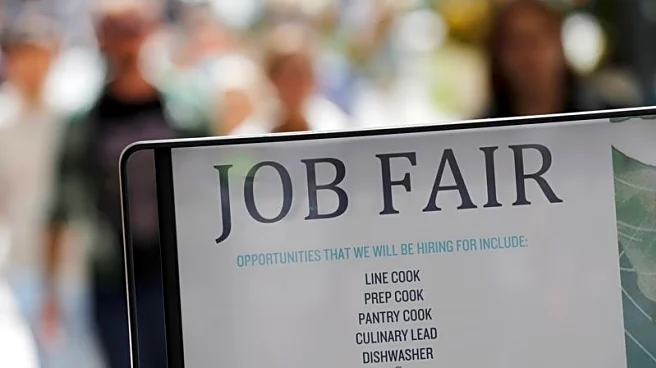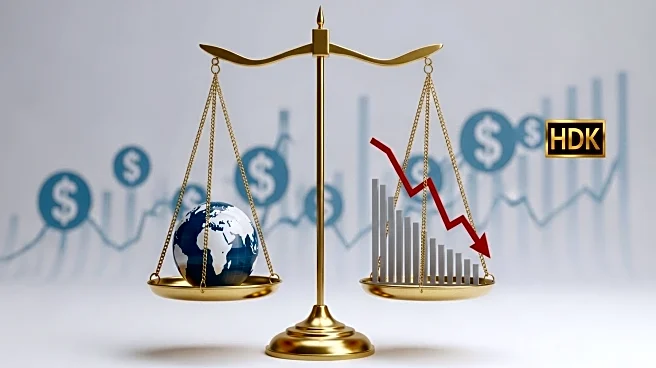What is the story about?
What's Happening?
The U.S. economy experienced a significant upward revision in its growth rate for the second quarter of 2025, according to the Commerce Department. The revised growth rate is now 3.8%, up from the previous estimate of 3.3%. This adjustment is attributed to robust consumer spending and a decrease in imports, which positively impacted the GDP calculation. Consumer spending increased by 2.5% in the year ending June, surpassing the earlier estimate of 1.6%. Despite the economic uncertainties and tariffs imposed by President Trump, American consumers have shown resilience, contributing to the economy's expansion. Retail sales also rose by 0.6% in August, exceeding expectations. However, the labor market showed signs of weakening, with only 22,000 jobs added in August and a slight increase in the unemployment rate from 4.2% to 4.3%.
Why It's Important?
The revised growth figures highlight the critical role of consumer spending in driving the U.S. economy, which is the largest in the world. The resilience of consumers amidst tariffs and economic uncertainties suggests a strong underlying demand that could sustain economic momentum. However, the mixed signals from the labor market, with fewer jobs added and a rising unemployment rate, indicate potential challenges ahead. Economists caution that while current data is positive, the impact of tariffs and policy uncertainties could lead to slower growth and higher inflation in the future. This situation presents a complex landscape for policymakers and businesses as they navigate economic strategies.
What's Next?
Looking forward, the U.S. economy may face challenges from ongoing policy uncertainties and the potential impact of tariffs. Economists suggest that while consumer spending remains strong, the effects of these headwinds could become more pronounced, potentially slowing growth and increasing inflation. Stakeholders, including policymakers and businesses, will need to monitor these developments closely to adjust strategies accordingly. The labor market's performance will also be a key indicator to watch, as it could influence consumer confidence and spending patterns.
Beyond the Headlines
The current economic scenario underscores the importance of consumer confidence and spending in sustaining growth. The resilience of consumers amidst tariffs and uncertainties reflects a robust demand that could buffer against potential economic downturns. However, the mixed signals from the labor market highlight the need for careful monitoring and strategic planning by businesses and policymakers. The interplay between consumer behavior, policy decisions, and economic indicators will be crucial in shaping the future trajectory of the U.S. economy.
AI Generated Content
Do you find this article useful?


